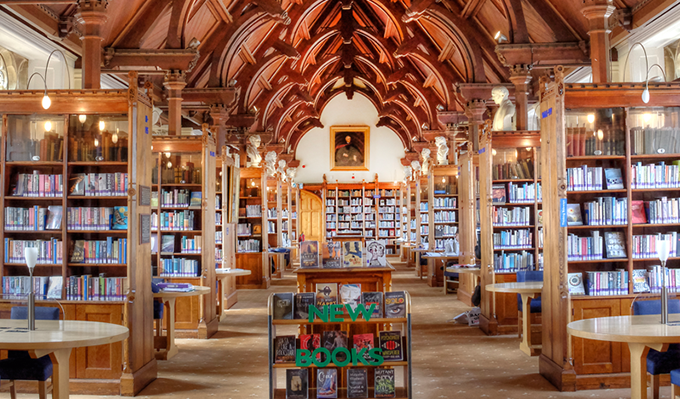
There is a new push for private schools to open their grounds and facilities to the broader community. North Sydney mayor Zoe Baker, wants to ask top private schools in her area to share their green spaces and other facilities.
For so much of the year, schools sit unused and most campuses close at 4pm. We should search for opportunities where space can be shared where it is suitable.
Along with opening up space for the public, she also suggests public school students could use the playing fields, halls and performing arts centres after-hours.
Amid headlines about private schools building plunge pools and A$125 million sports centres and a widening gap in results between students between high and low socioeconomic backgrounds, could this be a way to make the education system fairer and improve outcomes for all students?
The idea isn’t new
The idea to open up grounds and facilities is not new.
In 2018, former New South Wales education minister Rob Stokes said both public and private schools should be opened up to the community as they were “public spaces”.
We pay for them, I feel the same way about private schools as well, a lot of money goes into them and a way they can get a social licence to operate in the local community is to let the community utilise them.
The NSW government also introduced a Share Our Space program where schools received a grant to upgrade their facilities for both community and school use during the school holidays.
In Victoria, schools have been encouraged to consider partnerships with other school sectors to improve education and opportunities for students since 2016.
However, partnerships are only formed in an ad hoc way, relying on schools to develop their own relationships. Current sharing arrangements between public and private schools mainly focus on infrastructure. This includes access to sporting grounds, theatre spaces, and specialist learning environments, such as STEM centres.
Could sharing be expanded?
So far, this debate has underestimated what government schools could bring to the equation. The traffic tends to be one way from private to public.
Public schools could also share their teaching expertise, professional learning opportunities and curriculum resources with nearby private schools. As a result, more subject areas and elective options could be offered.
This could equally include partnering with other public schools to expand opportunities for their students. It is interesting to consider how this approach may have better supported schools and teachers throughout pandemic lockdowns.
The Victorian government has begun some work in this area. It has a toolkit which highlights the possibilities of sharing teaching and curriculum ideas. But again, this continues to be ad hoc and more formalised mechanisms are needed to build partnerships.
Is this a good idea?
Firstly, care must be taken to not overestimate the value of private schooling on learning. While access to state-of-the-art facilities is understandably attractive, research suggests there is little evidence a private school education ultimately makes a difference to students academically, once socio-economic status is taken into account.
A possible sticking point in any sharing arrangements is that existing partnership models have traditionally involved payment. Arguably if one school is simply paying another a fee to use their resources or facilities it may not really be classified as “sharing”.
If sharing occurred between schools, rather than just public students using private schools’ facilities, it may be possible to rethink this approach. Thinking needs to move from a focus on physical resources and facilities to include the sharing of curriculum and teaching expertise in both directions.
While there may be some resistance from school communities where parents are paying large school fees, the benefit for private schools is building local goodwill which may prove useful in seeking to expand their brand in the community.
Of course, we are still left with the issue of why some private schools have the facilities they have in comparison with other schools and the funding system that allows this to happen.
This debate is a vexed one. But there is an opportunity here if school communities are prepared to work together to share their strengths and resources.
Author Bios: Ange Fitzgerald is Professor an Associate Dean (Education) and Director (Initial Teacher Education) and Thembi Mason is a Lecturer both at RMIT University